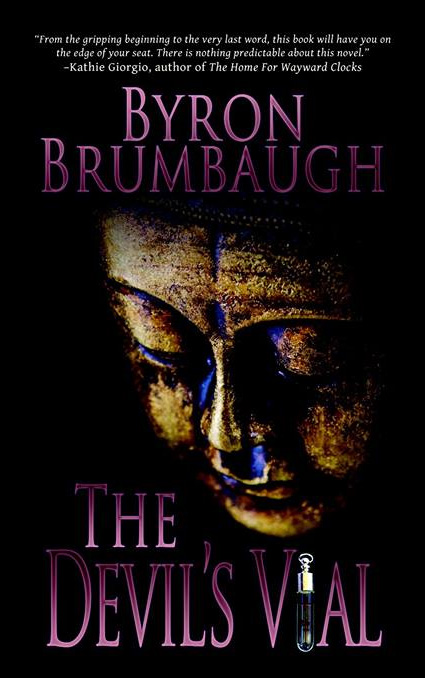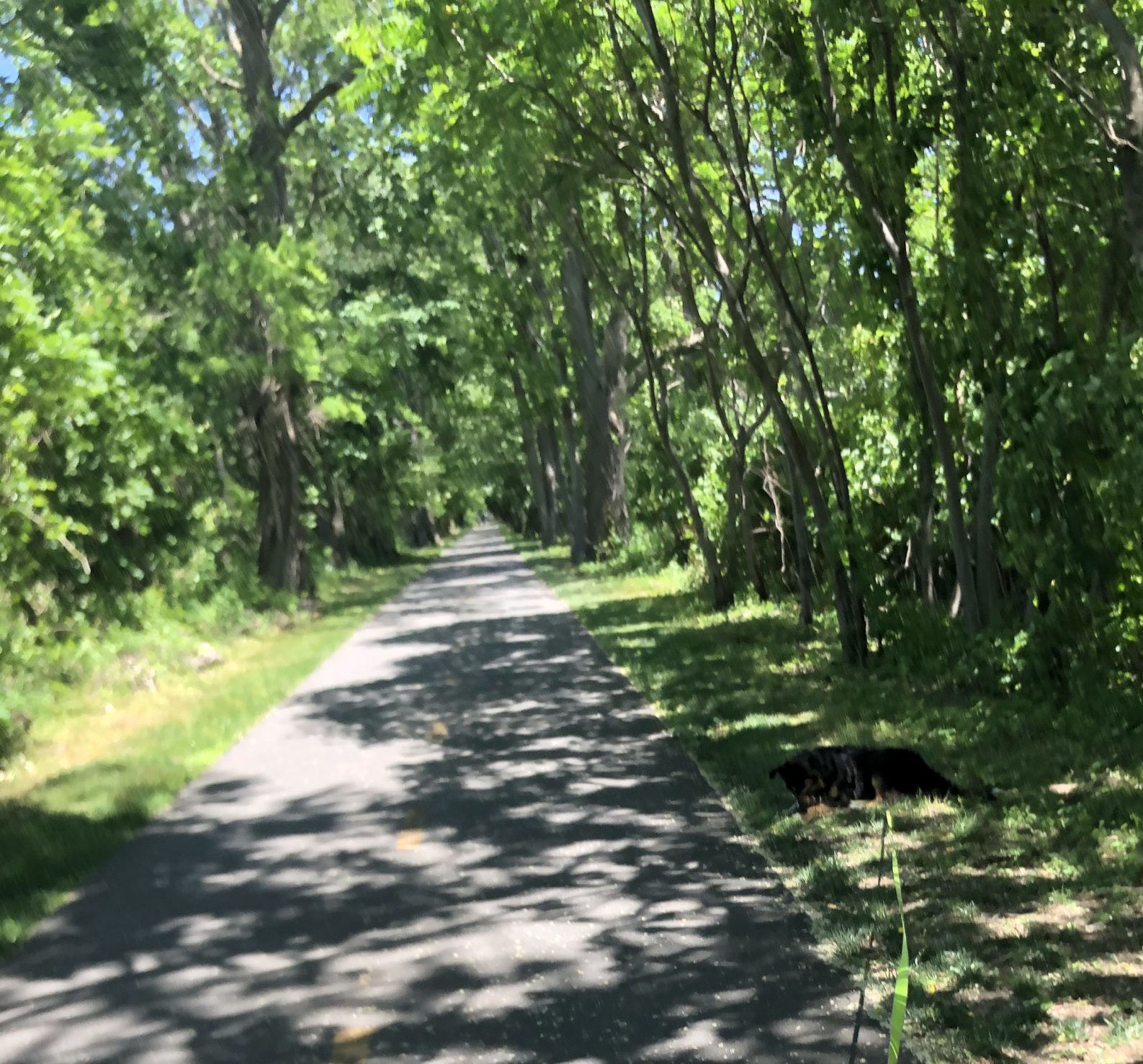People are trapped in history and history is trapped in them.
-James Baldwin
The day is warm, but not excessively so. It is within Waldo limits, although not by much. As we leave Northampton for Amherst, we’re on the Norwottuck Rail-Trail (named after the Norwottuck Indian Tribe), and we’re mostly blessed with cool green shade. A slight breeze adds to our well-being and we are quite comfortable. Waldo is his usual happy self and he trots along in the lead, tail wagging as he goes.
We left the bikeway about 0.3 miles from where we started today and, shortly after, we came across what was once a railroad bridge, built by the Central Massachusetts Railroad and leased by the Boston and Maine Railroad. It is now part of the rail-trail and crosses the Connecticut River a short distance north of Route 9’s bridge. The rail-trail bridge is quite long and narrow, I don’t think there was ever more than a single set of tracks there, and it passes high above the water as it also has to cross over an island. I can see the Route 9 bridge and there is a string of cars stuck there, waiting for a light to change. I’d rather be where I am, doing what I’m doing. Green shade beckons from the far side of the bridge.
The country on the East side of the Connecticut River is flatter; we’ve left the Berkshire Mountains behind. There are large tracts of farmland growing corn and other plants near where we walk. It’s hard to identify what’s there because it is still early in the season, but the corn you can see. The trail runs straight as laser light, to the northeast, for miles, tunneling through the foliage as if boring through jade. There are benches strategically placed every so often, for the weary, and next to them are boulders engraved with pictures of the American bullfrog, or the spotted salamander among other things.
We’re headed into academia country; the Amherst area is home to five colleges, including The University of Massachusetts at Amherst, Smith College, Amherst college, Hampshire College and Mount Holyoke College. In non-pandemic times, I’m sure the rail-trail is a welcome retreat for the students and faculties. We do pass young people out walking and biking, but no more than Waldo and I pass on a typical day on the Marlborough rail-trail.
In Hadley, population 5,346, a few miles to the west of Amherst, we cross what looks like a grassy boulevard, with streets on both sides. It is the Hadley town common and was once surrounded by a palisade that protected the town from the Norwottuck Indian attacks of 1675 or 1676. There is a legend that “The Angel of Hadley” saved the settlers during that conflict. It is believed that this godsend was William Goffe, one of the English judges who condemned King Charles I to death during the English Civil War, who was hiding out in Hadley.
Amherst (population 40,046) was home to such notable people as Emily Dickinson, Robert Frost and Noah Webster. It was first settled in 1727 and became a township in 1759. Its name came from Jeffrey Amherst, the first Baron Amherst, who was Commander-in-Chief of the forces of North America During the French and Indian War.
Waldo is more interested in natural history. He sees the world through his nose, exploring it not through historical glasses, but through minutely sensing the plethora of odors that bathe the air he breathes. He doesn’t care how the smells got to be how they are, or what preceded them, he just tries to figure out what they say. I wonder what they do tell him – God knows, though I can’t smell much of it, there is a lot of nature out here. There are plenty of sticks around, too, and Waldo happily bounds down the trail, with one or more in his mouth. I’m convinced they serve as a security blanket for him.
Once back to the car we left in Amherst, we complete another seven miles on our journey to the cape. History abounds all around us, both social and natural, and, as we walk along, we soak ourselves in them as only you can by being there.
Next stop, Belchertown, another seven miles away.



